He played football at MIT. Now he’s designing a lighter, safer helmet
Kodiak Brush doesn’t mince words when it comes to the state of football helmet design. “Most helmets today are designed to win lab tests, not protect players on the field,” he tells me over email. Brush, an MIT-trained mechanical engineer and former middle linebacker, is a production engineering manager who leads helmet design at Carlsbad, California-based Light Helmets. His latest creation is the Apache helmet, which, at just 3.5 pounds, is the lightest on the market—and yet it has achieved the highest safety score ever recorded by Virginia Tech’s independent helmet testing lab. The Apache is a direct challenge to decades of conventional wisdom about what makes a football helmet safe. It’s not just lighter, Brush claims, it’s smarter—leveraging advanced materials, 3D printing, and a player-first philosophy that prioritizes real-world performance over outdated assumptions. And, while the number of total concussions in the NFL decreased 17% in 2024, there’s still a lot of work to be done. [Photo: Light Helmets] Brush’s journey to revolutionize helmet design connects directly with his very core. As a middle linebacker at the Massachusetts Institute of Technology, he was never the biggest or fastest player on the field, he tells me. “I would very rarely get out-leveraged. One of my favorite things to do was meet a pulling guard in the gap, put him on the ground, and ask him, ‘How are you going to let a little guy like me do that to you?’” His helmet was an extension of his body—a tool he relied on for protection and performance. But it wasn’t perfect. “The pain points I had with helmets are personal,” he says. After graduating from MIT and working in accident reconstruction and product design, Brush joined Light Helmets with a mission to create a helmet that addressed those pain points while pushing the boundaries of safety technology. The weight myth The Apache’s most striking feature is its weight—or lack thereof. At 3.5 pounds, it’s up to 40% lighter than many competing helmets. This isn’t just about comfort; it’s about physics. “Lower helmet mass means less energy that needs to be mitigated,” Brush says. “It also reduces neck fatigue, allowing players to control their heads better and for longer.” While people think SUVs beat sedans in crashes, he tells me, your head isn’t a car. It’s 10% of your body mass, tethered by a neck that must stay engaged. So adding weight to it is never a good idea. Less is better. [Photo: Light Helmets] This philosophy runs counter to an industry trend of adding weight to helmets to improve performance in lab tests. Standardized testing protocols like those used by Virginia Tech and the NFL involve striking static head forms with pendulums or pneumatic rams. Heavier helmets tend to score better in these tests because they absorb more energy due to their mass. “[It’s] lab test gaming,” he tells me. But on the field, where players are dynamic rather than static, heavier helmets can do more harm than good. “Increased helmet mass leads to higher energy impacts,” Brush says. “It makes the game less safe for everyone.” [Photo: Light Helmets] How it works Aesthetically, the helmet looks familiar, but certain details make it very different from its typical predecessor. It appears much leaner, and its lines are reminiscent of a trial bike helmet—more aggressive and angled. It also offers a wider field of view. The front of traditional helmets tends to be small and make players feel boxed-in, as if they’re medieval soldiers on the battlefield, but the Apache front is surprisingly open and airy. This is the result of the shock-absorption technologies Brush used. First, there is its flexible outer shell, made from impact-modified nylon, a material more commonly found in racing helmets than football gear. Unlike traditional rigid shells, it flexes on impact, spreading forces across a larger area and reducing pressure peaks on the skull by nearly 20%. Inside the shell there is a 3D-printed liner, a thermoplastic polyurethane network of many cylindrical pods with variable stiffness. This means they buckle under impact to absorb energy before returning to their original shape. This design dissipates energy more efficiently than traditional foam liners, which compress linearly and struggle to recover after heavy impacts. It was developed with K3D, a 3D design and printing technology developed by Kollide, a company that develops impact-resistance technologies through 3D printing “to protect humans in motion.” Light Helmets simulated thousands of impact scenarios using K3D and rapidly iterated designs in ways that traditional manufacturing can’t match. “We broke 47 prototypes before we got the liner’s buckling pattern right,” Brush says. “But every failure taught us something new.” The company claims that its titanium alloy mask—which is available only for professional teams at this point—allows it to shave about 40% of the weight of a comparab

Kodiak Brush doesn’t mince words when it comes to the state of football helmet design. “Most helmets today are designed to win lab tests, not protect players on the field,” he tells me over email. Brush, an MIT-trained mechanical engineer and former middle linebacker, is a production engineering manager who leads helmet design at Carlsbad, California-based Light Helmets. His latest creation is the Apache helmet, which, at just 3.5 pounds, is the lightest on the market—and yet it has achieved the highest safety score ever recorded by Virginia Tech’s independent helmet testing lab.
The Apache is a direct challenge to decades of conventional wisdom about what makes a football helmet safe. It’s not just lighter, Brush claims, it’s smarter—leveraging advanced materials, 3D printing, and a player-first philosophy that prioritizes real-world performance over outdated assumptions. And, while the number of total concussions in the NFL decreased 17% in 2024, there’s still a lot of work to be done.

Brush’s journey to revolutionize helmet design connects directly with his very core. As a middle linebacker at the Massachusetts Institute of Technology, he was never the biggest or fastest player on the field, he tells me. “I would very rarely get out-leveraged. One of my favorite things to do was meet a pulling guard in the gap, put him on the ground, and ask him, ‘How are you going to let a little guy like me do that to you?’” His helmet was an extension of his body—a tool he relied on for protection and performance. But it wasn’t perfect. “The pain points I had with helmets are personal,” he says.
After graduating from MIT and working in accident reconstruction and product design, Brush joined Light Helmets with a mission to create a helmet that addressed those pain points while pushing the boundaries of safety technology.
The weight myth
The Apache’s most striking feature is its weight—or lack thereof. At 3.5 pounds, it’s up to 40% lighter than many competing helmets. This isn’t just about comfort; it’s about physics. “Lower helmet mass means less energy that needs to be mitigated,” Brush says. “It also reduces neck fatigue, allowing players to control their heads better and for longer.”
While people think SUVs beat sedans in crashes, he tells me, your head isn’t a car. It’s 10% of your body mass, tethered by a neck that must stay engaged. So adding weight to it is never a good idea. Less is better.

This philosophy runs counter to an industry trend of adding weight to helmets to improve performance in lab tests. Standardized testing protocols like those used by Virginia Tech and the NFL involve striking static head forms with pendulums or pneumatic rams. Heavier helmets tend to score better in these tests because they absorb more energy due to their mass. “[It’s] lab test gaming,” he tells me.
But on the field, where players are dynamic rather than static, heavier helmets can do more harm than good. “Increased helmet mass leads to higher energy impacts,” Brush says. “It makes the game less safe for everyone.”

How it works
Aesthetically, the helmet looks familiar, but certain details make it very different from its typical predecessor. It appears much leaner, and its lines are reminiscent of a trial bike helmet—more aggressive and angled. It also offers a wider field of view. The front of traditional helmets tends to be small and make players feel boxed-in, as if they’re medieval soldiers on the battlefield, but the Apache front is surprisingly open and airy. This is the result of the shock-absorption technologies Brush used.
First, there is its flexible outer shell, made from impact-modified nylon, a material more commonly found in racing helmets than football gear. Unlike traditional rigid shells, it flexes on impact, spreading forces across a larger area and reducing pressure peaks on the skull by nearly 20%.
Inside the shell there is a 3D-printed liner, a thermoplastic polyurethane network of many cylindrical pods with variable stiffness. This means they buckle under impact to absorb energy before returning to their original shape. This design dissipates energy more efficiently than traditional foam liners, which compress linearly and struggle to recover after heavy impacts.
It was developed with K3D, a 3D design and printing technology developed by Kollide, a company that develops impact-resistance technologies through 3D printing “to protect humans in motion.” Light Helmets simulated thousands of impact scenarios using K3D and rapidly iterated designs in ways that traditional manufacturing can’t match. “We broke 47 prototypes before we got the liner’s buckling pattern right,” Brush says. “But every failure taught us something new.”
The company claims that its titanium alloy mask—which is available only for professional teams at this point—allows it to shave about 40% of the weight of a comparable traditional face mask, which is usually made with steel. And yet, it has the same hardness and durability of steel.
The helmet comes in two models: the Apache, designed for NFL and college football teams, and the Apache Lightning, designed for youth programs. The key difference between the models is in the interior liner material. The 3.5-pound Apache uses impact-absorbing TPU (thermoplastic polyurethane), a durable material that’s engineered to absorb impacts and return to its original state after shocks, maintaining flexibility through time, Light Helmets says.
The Apache Lightning uses EPP (expanded polypropylene) foam, an aerospace-grade material known for its ability to efficiently dissipate impact energy, the company claims. It’s also lighter, configurable to less than 3 pounds. All the helmets can be custom made, allowing players to choose colors and different mask designs. The Apache is priced from $649 to $849; the Lightning variant sells for $449 to $649.

Testing realities
Despite its lightweight design—which Brush admits puts it at a disadvantage in standardized testing—the Apache scored an unprecedented 0.46 on Virginia Tech’s STAR rating system (lower scores indicate better performance). The testing protocol involves striking helmets at multiple locations and speeds with a pendulum system, then calculating a severity score based on how likely those impacts would result in traumatic brain injuries. “Virginia Tech has become the ‘Consumer Reports’ of helmet testing,” Brush says. “Their public results drive innovation by holding manufacturers accountable.”
Still, he believes there’s room for improvement in how helmets are evaluated. “Both Virginia Tech and NFL protocols reward heavier helmets without consequence,” he says. Light has proposed updates that would normalize scoring for weight or incorporate drop-tower tests where impact energy is proportional to mass—a change that could fundamentally shift how helmets are designed across the industry.
But the real test of any helmet isn’t in the lab. It’s on the field, according to Brush. Feedback from players at every level has been overwhelmingly positive. NFL players using the Apache report feeling quicker and more agile compared to when they wore heavier helmets from competitors like Riddell or Vicis. High school athletes have praised its comfort and visibility, noting that it feels more like wearing a cap than carrying extra weight on their heads.
One linebacker told Brush that wearing the Apache was like removing blinders: “I can actually see my targets now.” Another player described finishing games without the usual neck strain he’d come to expect from heavier helmets—a small but significant change that could extend careers over time.
The future
Brush tells me the Apache design is the future of football helmets. He believes that flexible shells like those used in the Apache will become standard within the next decade, as evidence mounts that they mitigate impact energy more effectively than rigid designs. He also predicts greater adoption of additive manufacturing for position-specific liners tailored to individual needs—denser padding for linemen who take head-on hits versus lighter configurations for quarterbacks who need mobility and peripheral vision.
Further down the line, he envisions helmets integrating technologies like impact sensors, communication devices, and even cameras—though he insists these features must not come at the expense of weight reduction or safety.
For now, the Apache seems to already be the future of football helmets. Light Helmets sold 5,000 units in 2024, and it’s projecting sales of 50,000 helmets with increased production and word spreading across the community. As one AFC North coach remarked: “It’s not a helmet. It’s an unfair advantage.”
But for Brush, success isn’t measured by sales figures or accolades—it’s about changing how people think about football safety and avoid traumatic brain injuries. “We didn’t set out to revolutionize anything,” he says simply. “We just stopped lying to ourselves about what works.”


















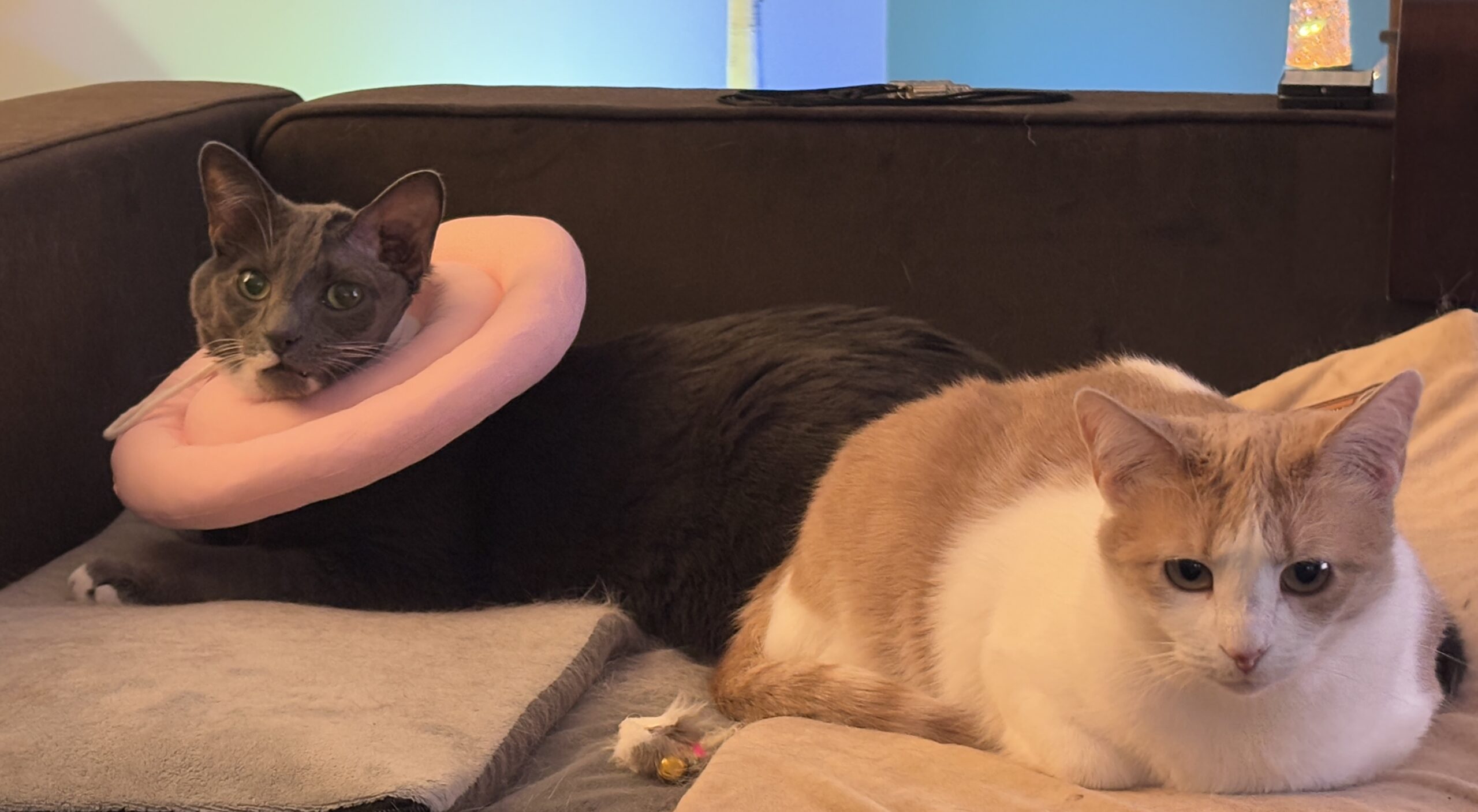








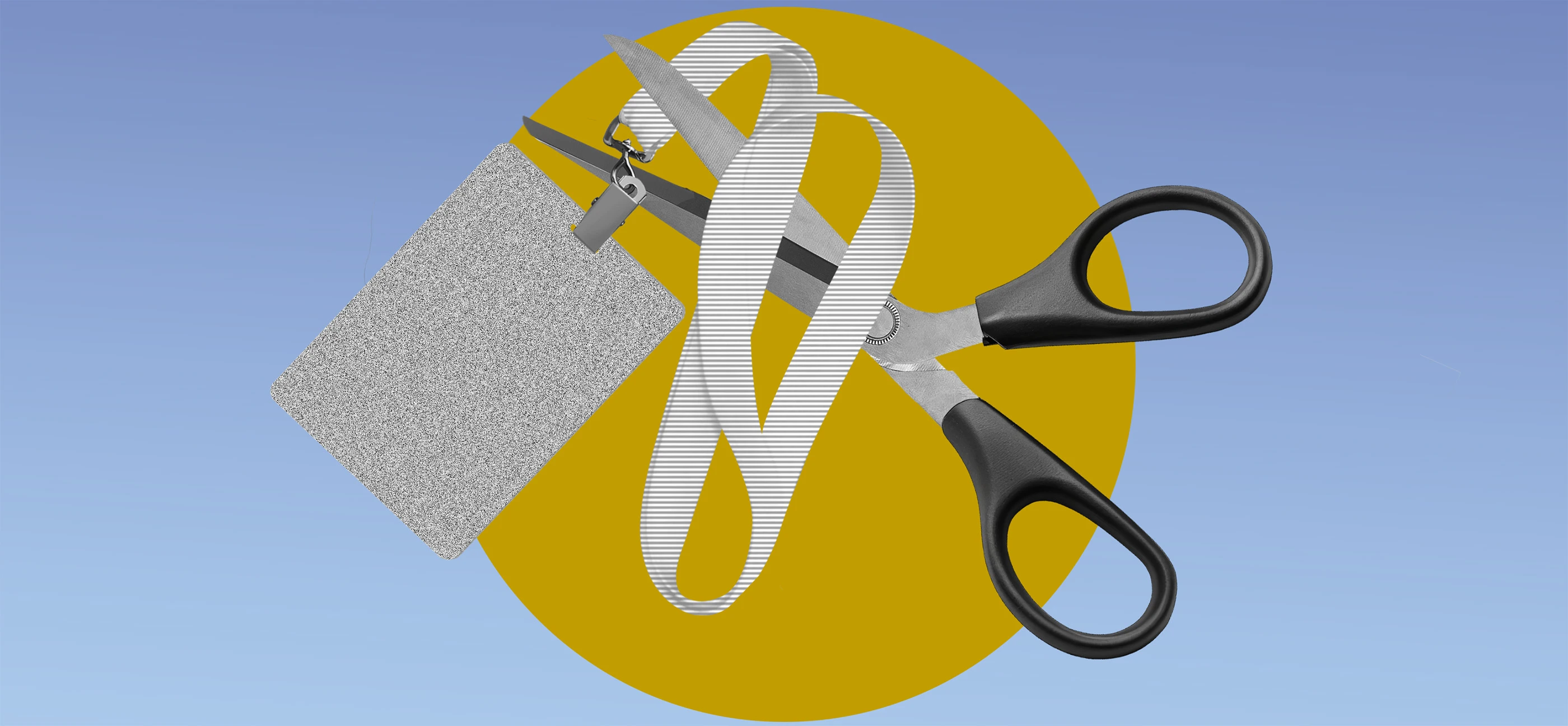





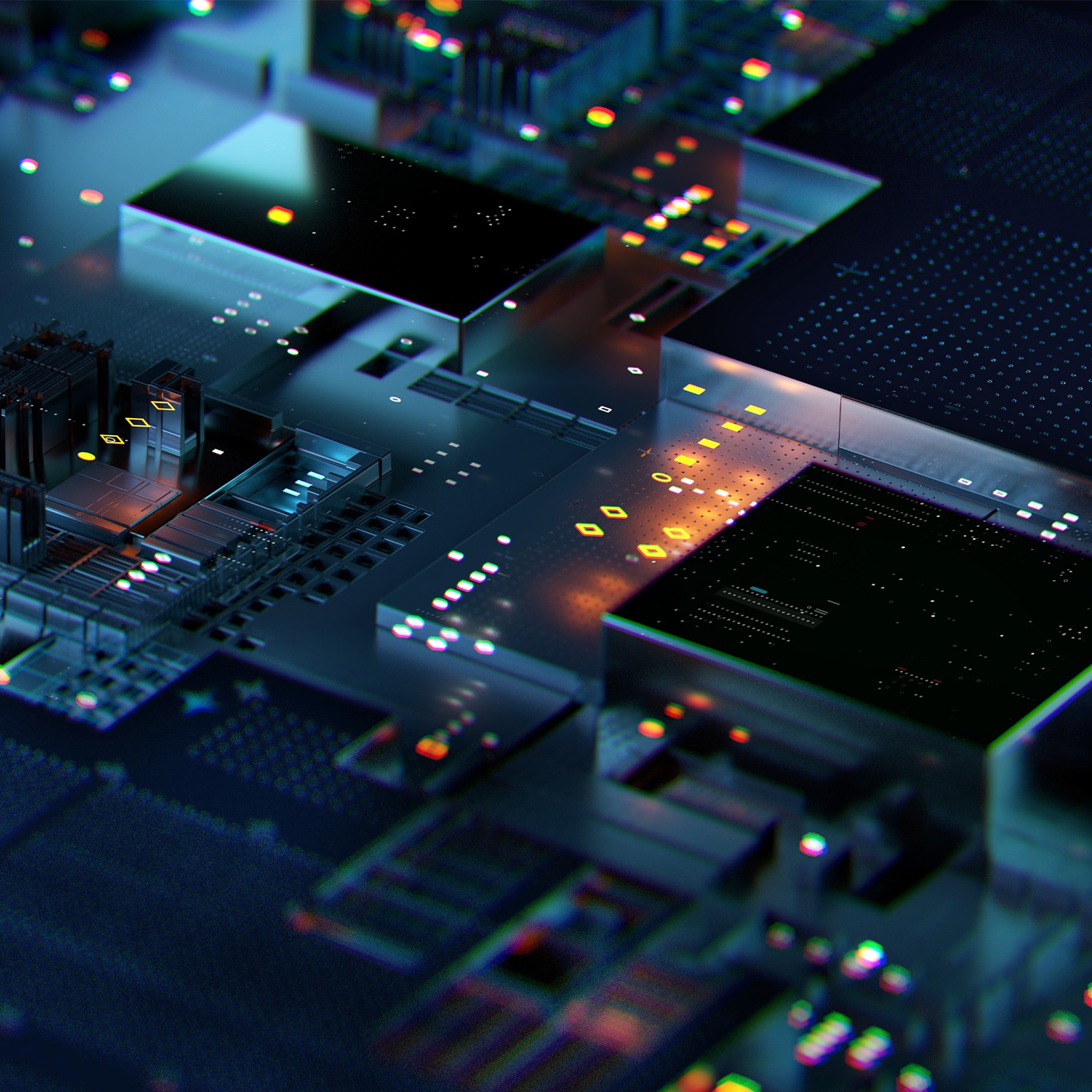
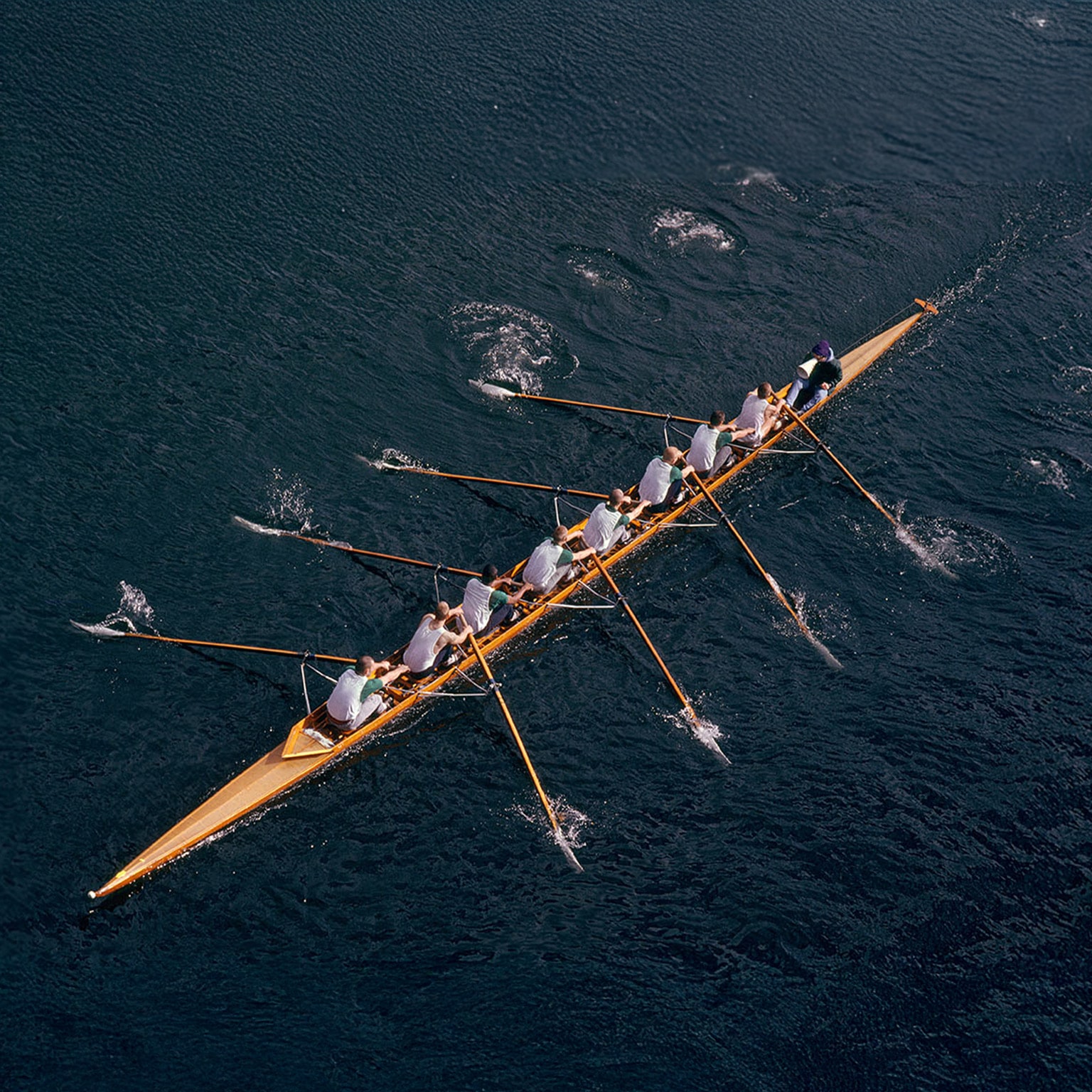























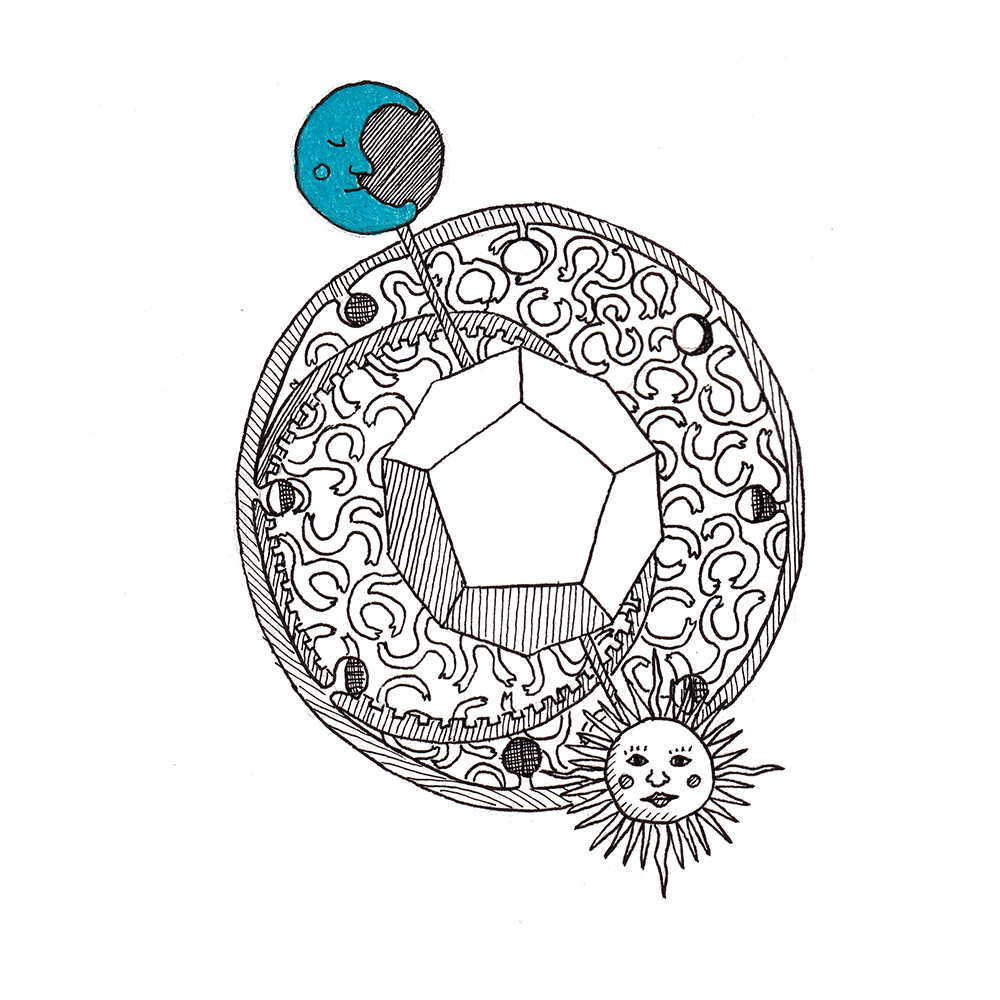
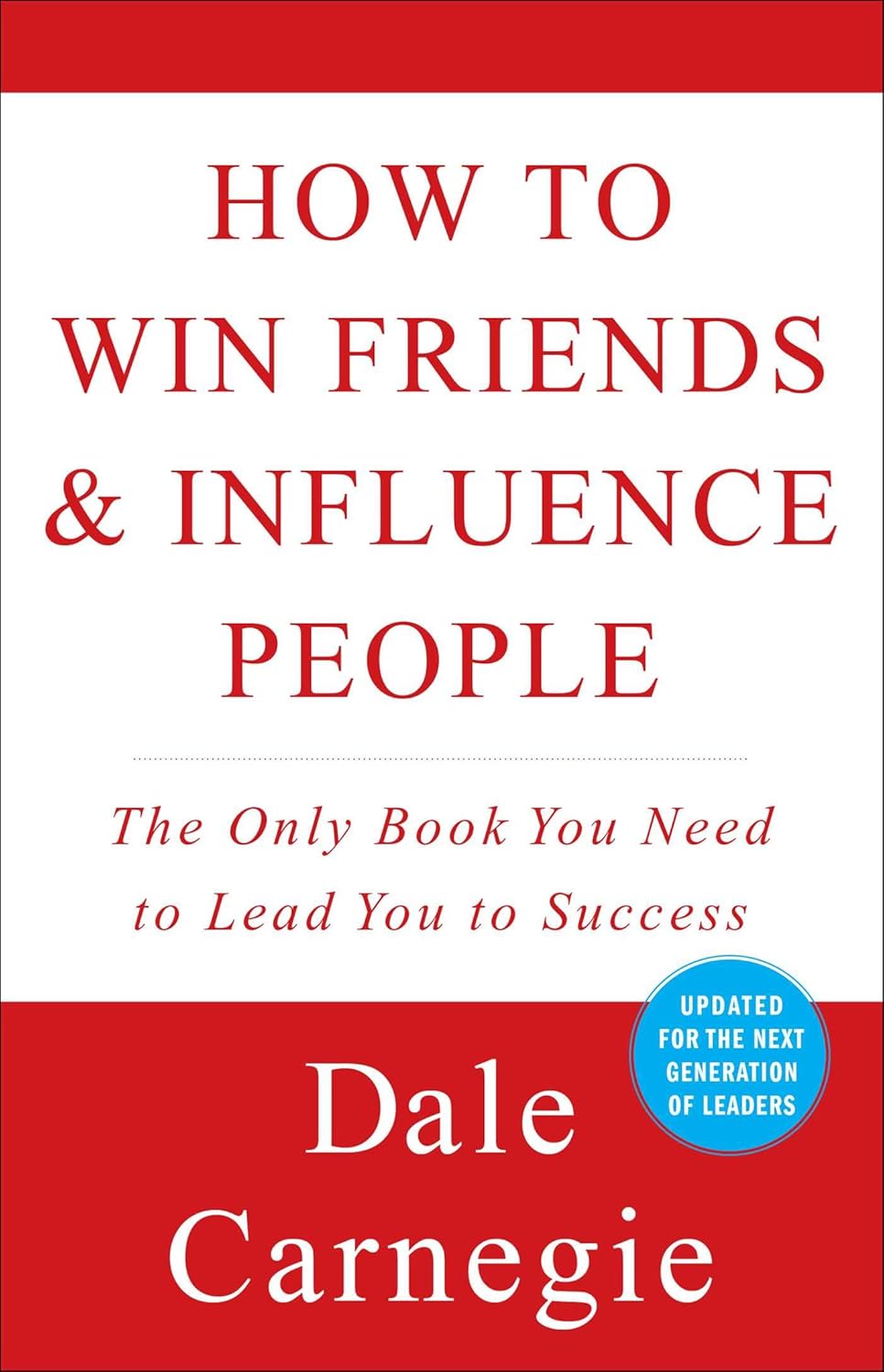

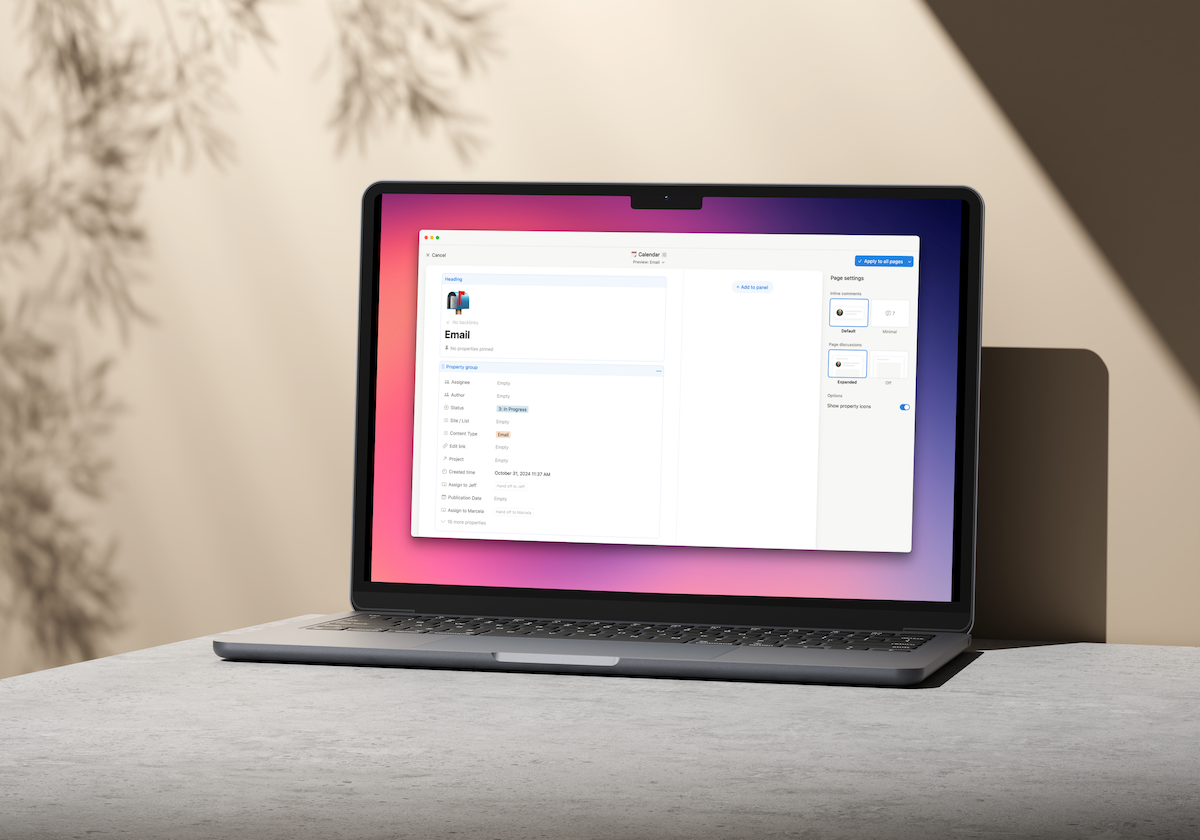
















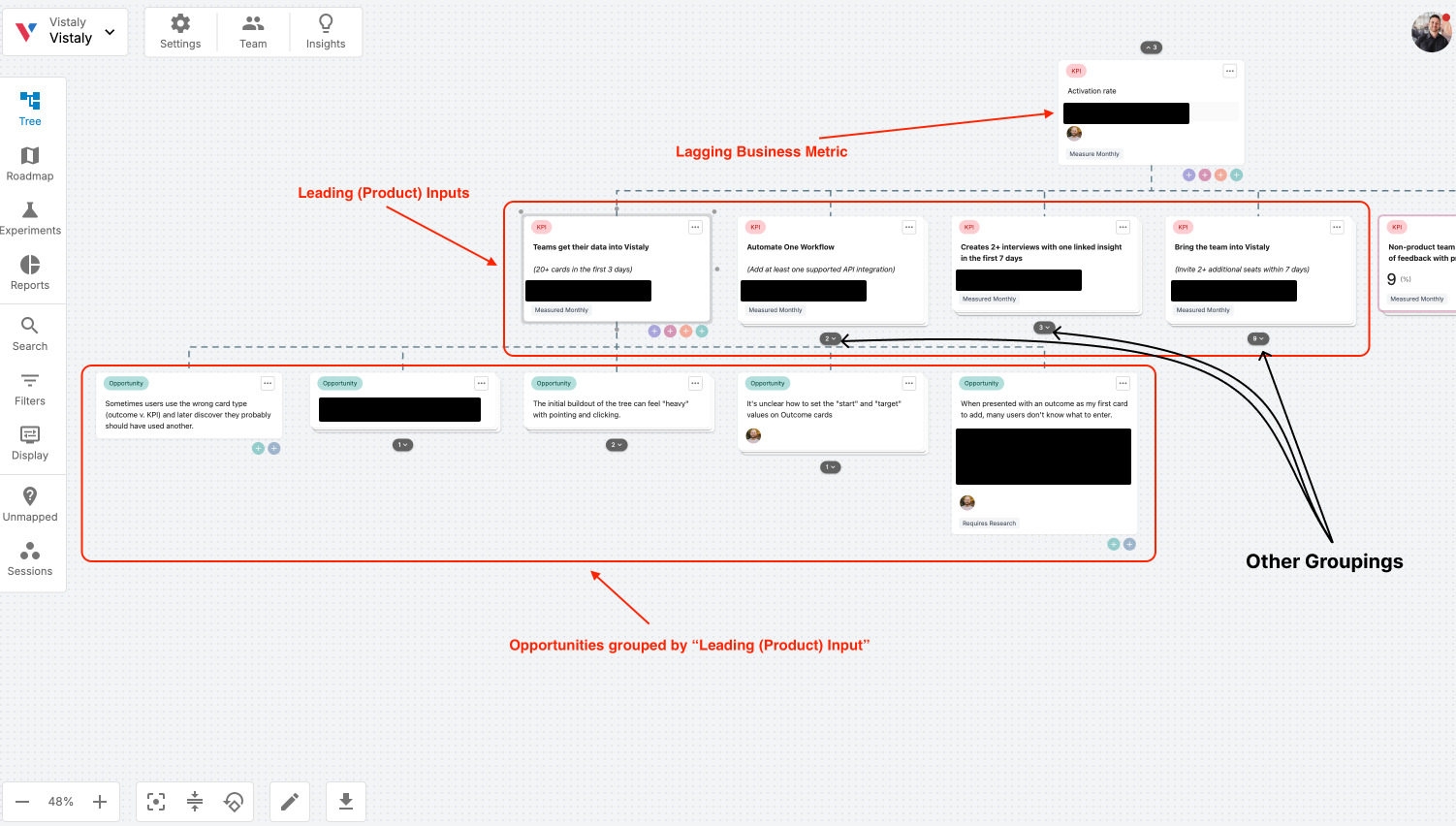
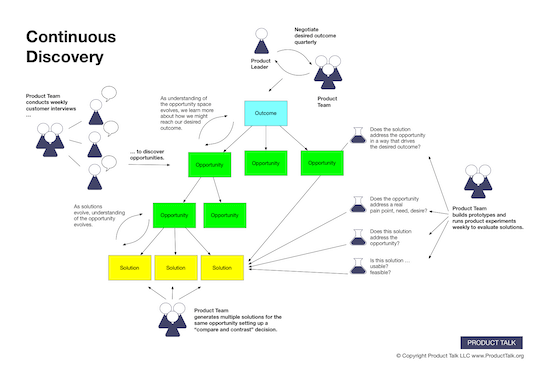



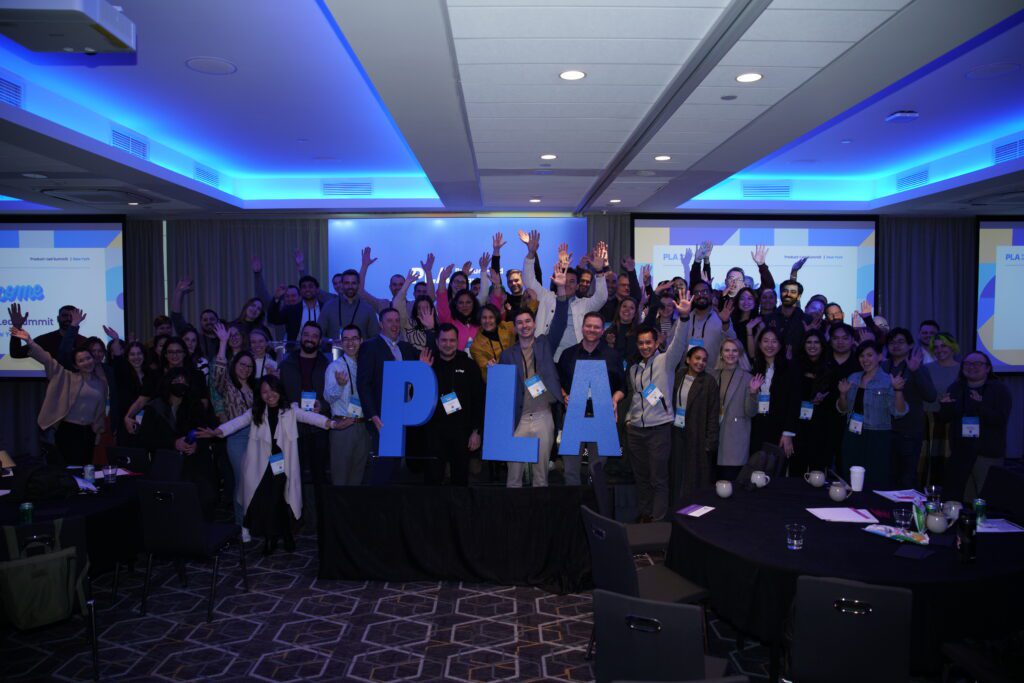









![Building A Digital PR Strategy: 10 Essential Steps for Beginners [With Examples]](https://buzzsumo.com/wp-content/uploads/2023/09/Building-A-Digital-PR-Strategy-10-Essential-Steps-for-Beginners-With-Examples-bblog-masthead.jpg)



![How One Brand Solved the Marketing Attribution Puzzle [Video]](https://contentmarketinginstitute.com/wp-content/uploads/2025/03/marketing-attribution-model-600x338.png?#)





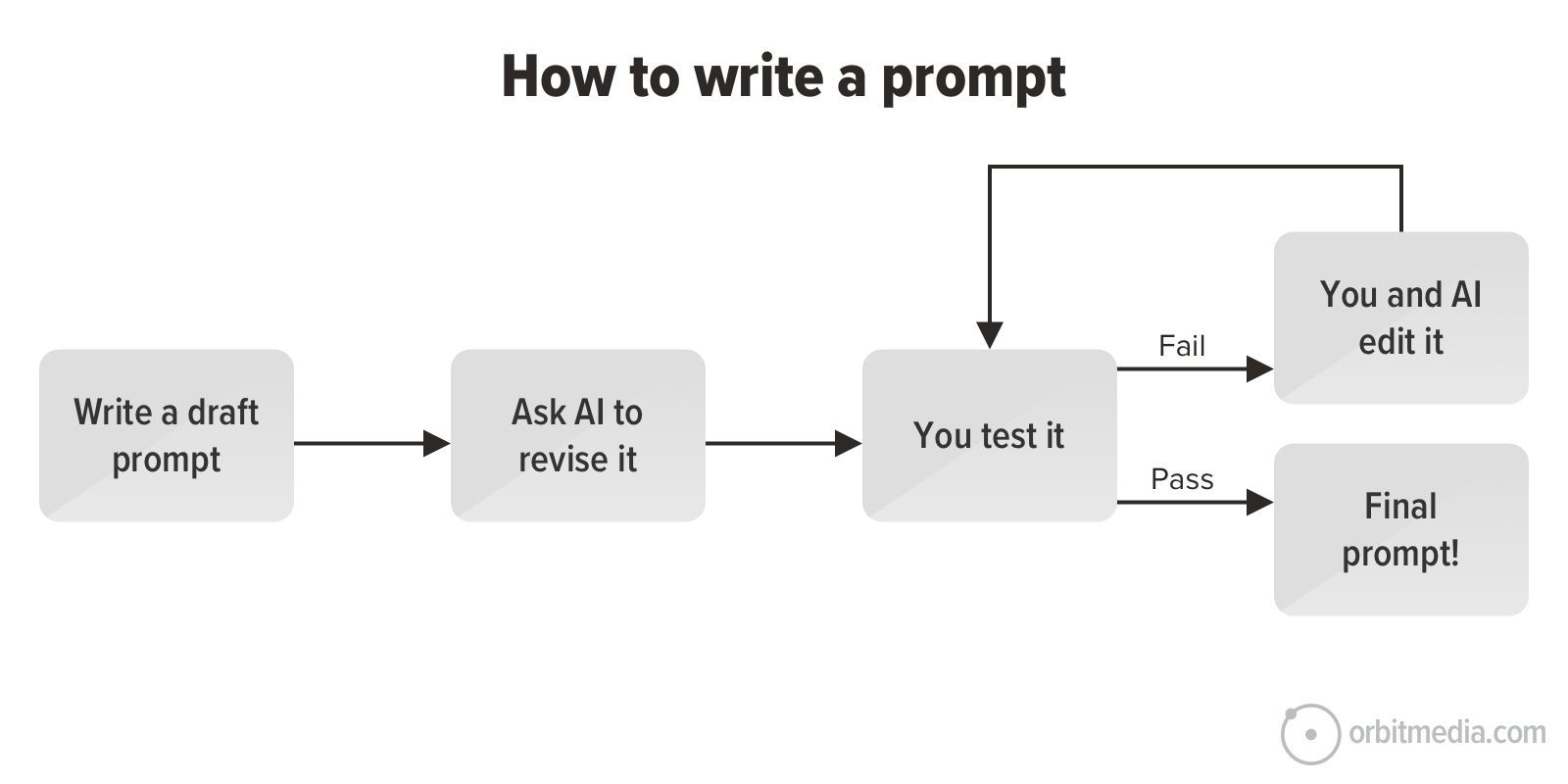
![How to Use GA4 to Track Social Media Traffic: 6 Questions, Answers and Insights [VIDEO]](https://www.orbitmedia.com/wp-content/uploads/2023/06/ab-testing.png)






























